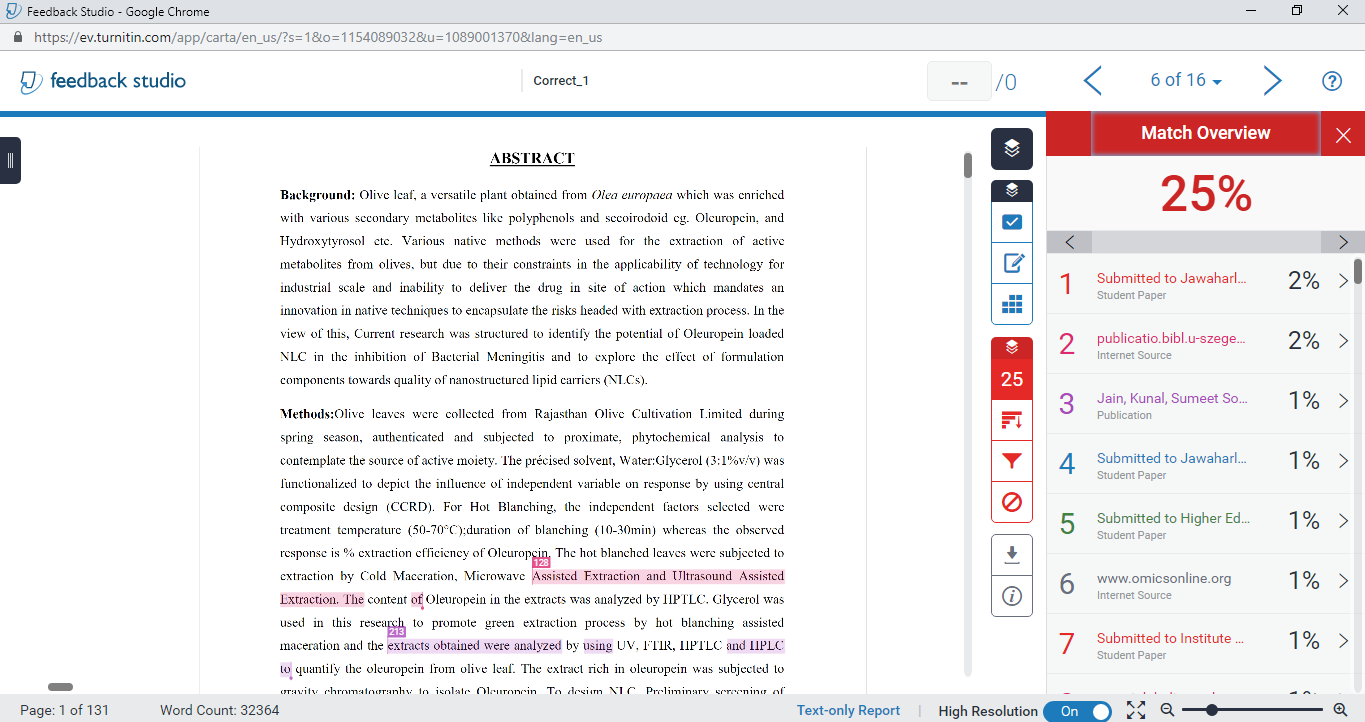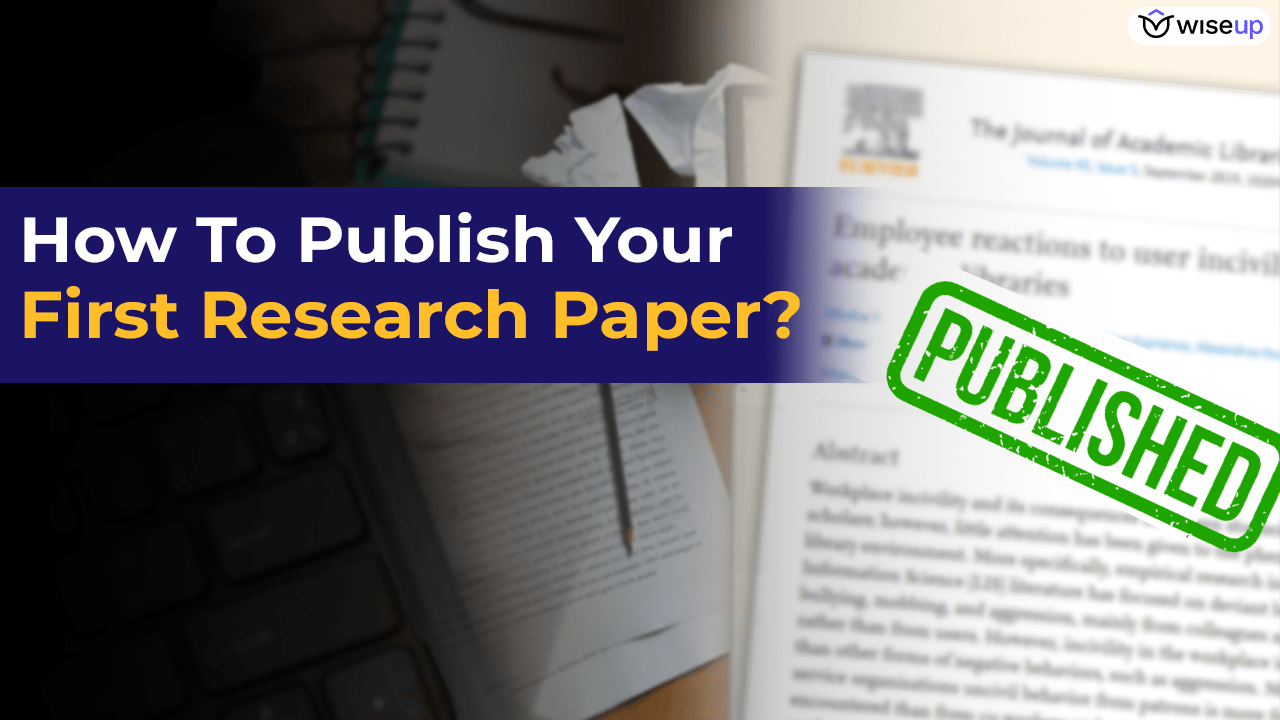Are you ready to embark on your first research journey and want to learn how to publish a research paper? This blog will guide you through the essential steps – choosing a research topic, conducting a literature review, conducting research, writing the research paper and finally publishing it!
1. Choosing a research topic
Let’s dive into the first step to publish a research paper: choosing a solid research topic. Read along to see how to do this!
Three ways to choose a research topic:
Consult a Professor: Reach out to a faculty member and ask if they have any research problems for you to tackle.
Explore University Websites: Check out the research areas of different professors to find topics that align with your interests.
Top-Down Approach: Start with a broad field, such as data science, and narrow it down by reading review papers until you identify an unsolved problem.
Key considerations while finalising a research topic
Once you have broadly shortlisted a few topics consider the following factors before finalising a research topic:
Research Facilities: What resources does your college offer?
Choosing a Supervisor: Find a professor whose expertise aligns with your interests.
Work Style: Decide whether you prefer working individually or in a group.
Research Opportunities: Look into internships or other avenues for gaining experience.
For a more detailed explanation on selecting a research topic, check out our previous blog – How to choose a research topic?.
Nowadays, there is a simpler way to look for research topics using AI tools. To know more about this, you can check out the video below:
2. Conducting a literature review
Once you’ve settled on a topic, start with a thorough literature survey. This involves reading existing work in your field to understand current progress and identify gaps in research. Knowing what others have done—and where they fell short—will give you a solid foundation for your own work.
For tips on sourcing literature with AI tools, check out the detailed video:
3. Conducting research
Once you’ve selected a research topic, the next step is conducting your research. Here are the key components and types of scientific research you can consider:
1. Develop a Research Plan
Outline your objectives and choose a methodology that suits your research question and based on the facilities available to you. Common types of research include:
- Experimental Research: Manipulating variables in a controlled environment.
- Observational Research: Observing subjects in their natural settings.
- Survey Research: Gathering data through questionnaires or interviews.
- Qualitative Research: Exploring behaviors and experiences through interviews and focus groups.
- Quantitative Research: Collecting numerical data for statistical analysis.
- Simulation-Based Research: Using computer models to predict outcomes in complex systems.
- Longitudinal Research: Studying the same subjects over an extended period.
- Cross-Sectional Research: Analysing data from a population at a specific point in time.
2. Data Collection
Gather data using your chosen methods. Ensure that your approach aligns with your research questions and objectives.
3. Analyse Your Data
Utilise appropriate statistical tools or software to interpret your data, identifying significant patterns or findings relevant to your research.
4. Maintain a Research Journal
Document your processes, observations, and any challenges you encounter. This record will assist in tracking your progress and aid in writing your paper.
5. Seek Feedback
Engage peers or your supervisor for feedback during the research process. Constructive criticism can provide new perspectives and enhance the quality of your work.
6. Ethical Considerations
Always adhere to ethical guidelines, including obtaining necessary permissions for data collection and ensuring confidentiality for participants.
Conducting thorough research, using a suitable methodology, and adhering to ethical standards are vital for building a strong foundation for your paper and contributing valuable insights to your field.
To know how you can conduct research without having the right facilities, check out the short below:
4. Writing the research paper
Once your research is complete, it’s time to write your research paper, which consists of six key sections: Abstract, Introduction, Materials and methods, Results and discussion, Conclusion, References.
1. Abstract
The abstract is crucial as it determines whether readers will engage with your paper. It briefly summarizes your research, including the introduction, methods, results, discussion, and conclusion, within a 250-300 word limit. To know more, check out this blog – How to write an abstract?
2. Introduction
The introduction is essential as it sets the tone and creates a first impression. Begin by providing historical context or defining key terms. Then, conduct a literature survey to present existing research and highlight the gap your study addresses. State your objective, explaining how your paper fills this gap, and define the scope to outline the research boundaries. For more details, refer to the blog – How to write a literature review?
3. Materials and Methods
This section outlines the materials and methods used in your research. Clearly describe the procedure, materials, and equipment to ensure replicability. Highlight the reliability of the methods and provide detailed descriptions of the tools used for measurement and analysis, along with relevant citations.
4. Results and Discussion
Present your findings with visual aids like graphs, tables, and illustrations. Interpret the data in relation to the research gap, explaining how the results address your objective. Discuss the significance of your findings and their contribution to the field.
5. Conclusion
Summarize your research objectives and key findings, emphasizing the broader implications or practical applications. Discuss any limitations of the study and suggest areas for future research.
6. References
List all sources and literature cited in your research using the citation style required by the journal. Proper acknowledgment of all references is essential.
To have a glimpse of how to write a research paper with an example, you can check out the video below:
However, if you wish to learn about this in detail, you can join our course – A-Z of Research Paper Writing & Presentation
5. Publishing the research paper
Know when your paper is ready to be published!
You’ve conducted your research and written your paper—now it’s time to share your work with the world! The publication process can seem daunting, but with the right guidance, you’ll be on your way to becoming a published researcher.
First and foremost, ensure your citations and references are impeccable, and run a plagiarism check on your paper. Once you and your supervisor are satisfied with the final product, it’s time to choose a journal for publication.

Choosing a journal for publishing
Now that your manuscript is ready, it’s time to choose the right journal for publishing your paper. For this, there are two important factors that you need to consider. Firstly, the type of journals (open/closed access) and secondly, the impact factor of the journal. Let’s understand both these factors in detail.
Open and Closed Access Journals
Open access journals provide free, immediate access to research articles, while subscription/closed access journals require a paid subscription.
Example for Chemical Engineering Field, some open access journals are – Frontiers in Chemical Engineering, Journal of Chemical & Engineering Data, Chemical Engineering Research and Design
And some closed access/subscription journals are – Chemical Engineering Science, AIChE Journal, Industrial & Engineering Chemistry Research
Hence, when selecting a journal for your research, it’s important to consider how you want your findings to be shared with the audience. Open access journals provide free access to articles, making your research available to a wider audience without any paywall, which can enhance visibility and impact. On the other hand, subscription journals often have established reputations and may be preferred in certain academic fields, but they require readers to pay for access, potentially limiting your audience.
Weighing these factors will help you choose the best option for disseminating your work effectively.
Impact Factor
The impact factor of a journal measures the average number of citations its articles receive over a specific period, typically two years. It indicates the journal’s influence and reputation within the academic community, with higher impact factors often suggesting greater citation frequency and research quality.
The graph below shows how the impact factor of a journal is determined.

When choosing where to publish, look for journals with impact factors that fit your field. While a higher impact factor (generally above 2.0) is often desirable, it’s essential to consider the context of your discipline and the journal’s overall reputation, rather than focusing solely on the number.
To know more about choosing a journal for publication, check out the video below:
Submitting your paper for publication
The last step to publish a research paper is to submit it to a journal. When submitting your paper, keep in mind that you can only send it to one journal at a time. Wait for a decision from the first journal before moving on to the next. This helps prevent duplicate publications and plagiarism issues.
Expert tip!
Look for reputed conferences to publish and present your research.
Publishing in a conference allows for immediate feedback from peers and experts, enhancing the visibility and impact of your research.

To dive deeper into the publication process, including how to choose the right journal and avoid plagiarism in your writing, join our certification course: A-Z of Research Paper Writing & Presentation
For any queries, feel free to comment below and we will try to get back to you at the earliest!




